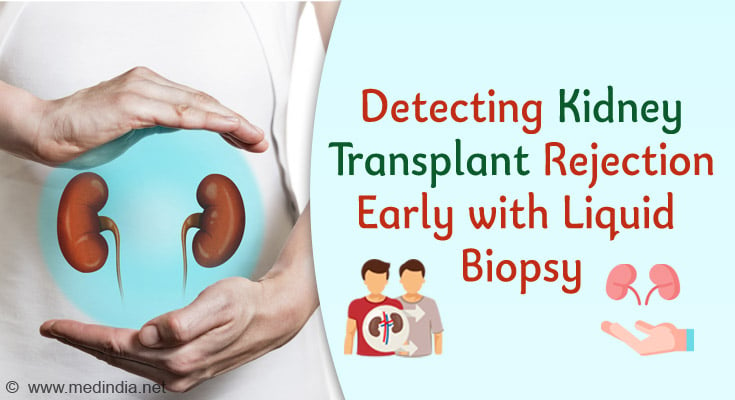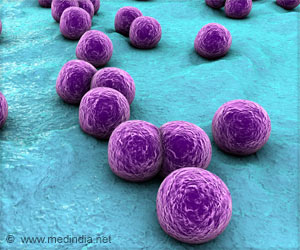- Liquid biopsy detects transplant rejection non-invasively
- Donorderived cell-freeDNA levels indicate different rejection types accurately
- It reduces reliance on invasive biopsies, improving patient care
Kidney transplant recipients face a constant battle against their bodies. The immune system often perceives the new organ as a foreign invader, leading to rejection. Currently, doctors rely on invasive biopsies to diagnose this life-threatening condition. However, a new study offers a promising alternative (1✔ ✔Trusted Source
Cell-free DNA for the detection of kidney allograft rejection
).
Liquid Biopsy: A Non-Invasive Solution
Recent research has revealed the potential of liquid biopsy, or donor-derived cell-free DNA (dd-cfDNA), as a powerful tool for early detection of kidney transplant rejection. When the body rejects a transplanted organ, dying cells release dd-cfDNA into the bloodstream. By measuring the levels of this DNA, researchers can accurately identify different types of rejection, including antibody-mediated, T cell-mediated, and mixed rejection.
Currently, invasive graft biopsies are considered the gold standard for diagnosing transplant rejection. However, these procedures can be unnecessary and carry risks. The introduction of dd-cfDNA as a non-invasive biomarker could significantly reduce the need for biopsies, offering a safer and more patient-friendly option for early rejection detection.
This significant study involved a large cohort of kidney transplant recipients from diverse backgrounds, including both adults and children, across Europe and the United States, led by researchers from Université Paris Cité and doctors from Assistance Publique – Hôpitaux de Paris. This research also saw contributions from two Indian-origin researchers at the Washington University School of Medicine, Dr. Raja Dandamudi and Dr. Vikas Dharnidharka.
Revolutionizing Transplant Care
The implications of this research are profound. Liquid biopsy offers a non-invasive and potentially more accurate method for diagnosing transplant rejection compared to traditional biopsies. This could lead to earlier intervention, preventing irreversible damage to the transplanted kidney and improving the overall outcome for patients.
While biopsies will continue to be a diagnostic tool, the integration of liquid biopsy into routine care has the potential to revolutionize transplant monitoring. By combining the strengths of both methods, healthcare providers can achieve earlier and more precise diagnosis, ultimately enhancing the care of kidney transplant recipients.
This breakthrough underscores the importance of continued research and collaboration in the field of transplantation. As technology advances, we can anticipate even more innovative approaches to improving the lives of transplant patients.
Advertisement
Reference:
- Cell-free DNA for the detection of kidney allograft rejection – (https://www.nature.com/articles/s41591-024-03087-3)
Source-Medindia



